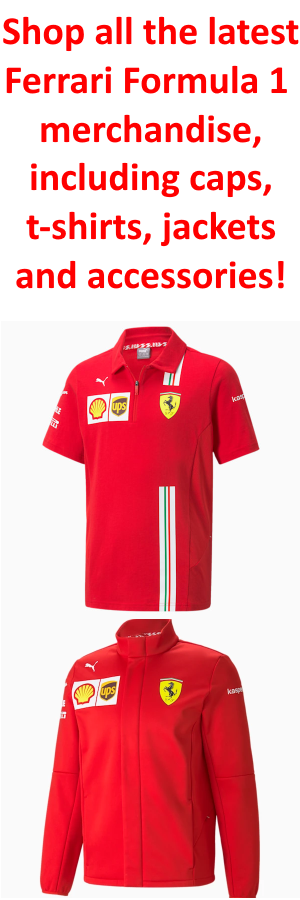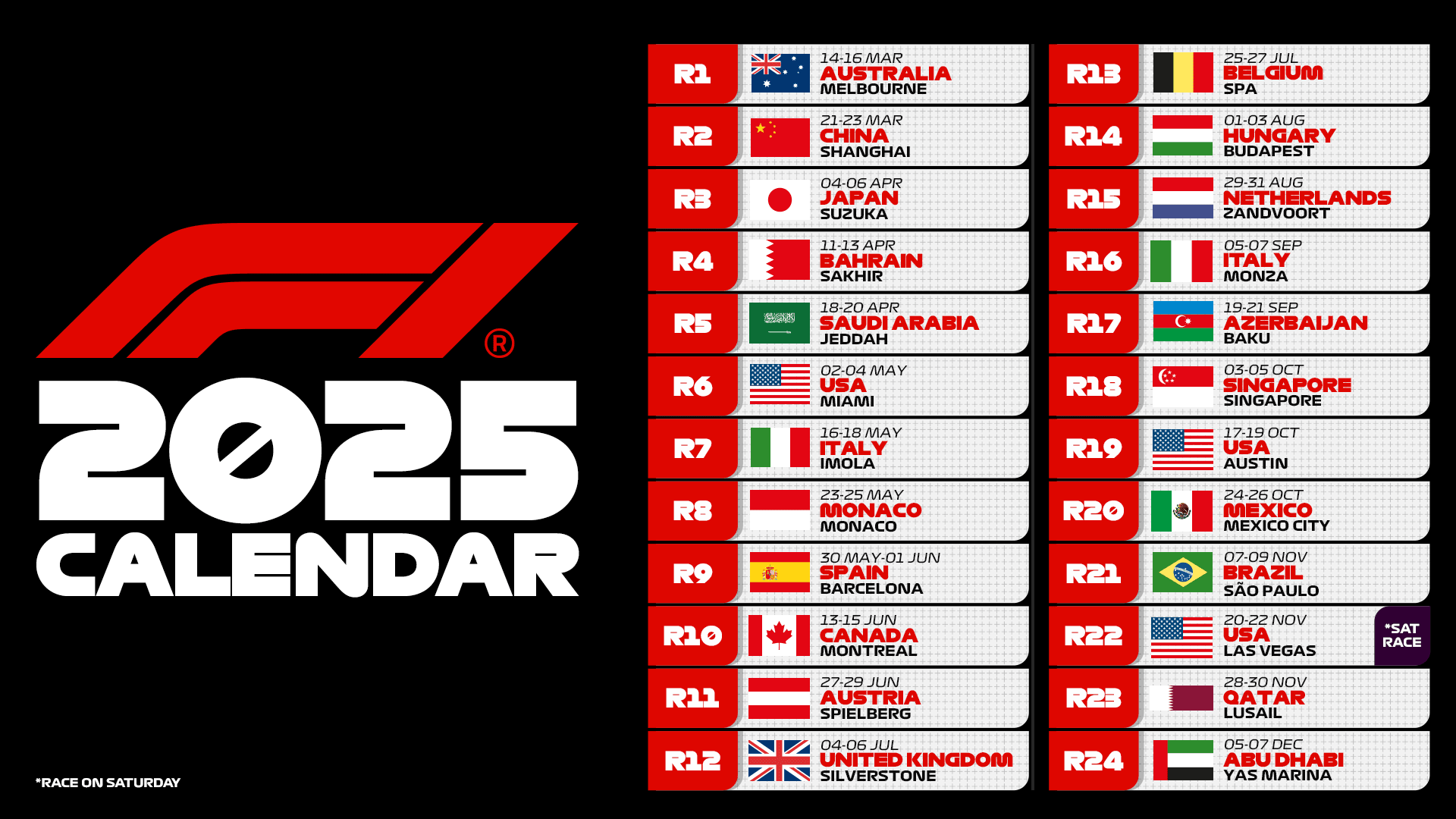Scuderia Ferrari arrives in Las Vegas, the twenty-second event of the 2024 Formula 1 racing season, the third-to-last race of the World Championship. Confidence in potential performance is present. On the Nevada track, low temperatures and long straights make the tire issue central once again for the race weekend. The main difficulty for the Maranello technicians and drivers will be at the front, where the car’s axis is less stressed by lateral forces, making it more susceptible to risks of graining and the related phenomenon of understeering. To manage these issues effectively, the Maranello team has conducted “indoor testing” under extreme conditions on the tires.
The goal was to examine the mathematical model of the tires to ensure that the strategy for managing the compounds is as accurate as possible, providing the ability to extract the optimal energy profile, both in qualifying and in the race. Today, we want to analyze the difficulties faced by Ferrari’s tire and performance engineers in defining an accurate model to bring to the track. Additionally, we will try to understand how important appropriate tire analysis is after each free practice run for the setup deliberation.
In the attempt to predict tire behavior, the problems lie in the fact that the three characteristic parameters of each tire, loads, footprint, and temperature, are only estimated. Essentially, there is no possibility of using a sensor to perfectly define vertical load or operating temperature; assumptions must be made. Furthermore, tire behavior is entirely nonlinear. Therefore, the defined models may sometimes be incorrect, providing non-ideal output values.
It all starts from the tests conducted within the sports management with Ferrari, who, still in the fight for the Constructors’ Championship, decided to dedicate considerable time to this factor during the two-week break before Las Vegas. The technicians at Ferrari use a “magic formula,” defined by engineer Hans Pacejka in the 1980s. An equation that requires input of 18 parameters provided by Pirelli, which define a sort of identity card for the tire. These values must be combined with the three criteria mentioned above through dynamic simulations on the circuit.
Since they don’t have the race tires in-house, as each F1 team must return the tires at the end of every race weekend, simulations are performed using software. The Prancing Horse has based its simulations on data collected on the track during this season, changing the surrounding conditions to simulate the Las Vegas race, also using data gathered during the previous edition. In the dynamic program, vertical forces and the shape of the contact patch with the ground are modified, simulating the camber gain of the tire throughout the lap.
If the load estimation on each tire is correct, the software is automatically able to provide the ideal temperature at the tire’s core as output. This way, the ideal operating window for the tire in various conditions is defined. Of course, all of this is considered with the understanding that, as always, certain factors can only be seen on the track, and the team must be skilled in adjusting the strategy to fully exploit the compounds. It is a really complicated job, one that seems truly difficult within the current regulatory framework, especially in certain competitive contexts.
In the real world, determining vertical force, the size of the contact patch, and the temperature at the heart of the tire is much more complicated than in the simulation environment, where essentially it’s just a matter of inputting a value. The resulting vertical forces, for example, are influenced by the displacement of the lateral load in corners and the longitudinal load during acceleration or braking. A similar discussion applies to the footprint, which depends both on the vertical force since the tire is deformable, but especially on the camber gain chosen by the technicians working in the dynamics department.
Show your support for Scuderia Ferrari with official merchandise collection! Click here to enter the F1 online Store and shop securely! And also get your F1 tickets for every race with VIP hospitality and unparalleled insider access. Click here for the best offers to support Charles and Lewis from the track!
The rotation of the tire in a corner, around the axis parallel to the motion, therefore, changes the portion of the surface in contact with the track surface, and in turn, the distribution modifies the pressure inside the compound. The temperature at the heart of the tire must also be estimated, seeking a value within the range defined by the simulations, to maximize grip. This estimate defines the bulk temperature, which refers to a woven metal fabric inserted between the tread and the carcass. This is crucial for making the tires work.
We say this because it is the value on which the generation of grip for the compound is based. The bulk is inserted beneath the tread, so it is not possible to use a sensor to directly determine its temperature. Technicians must therefore estimate it by making a prediction derived from the temperature on the track surface, crossed with both external and internal temperatures within the tire. The latter value is strongly influenced by convective heat phenomena, generated by the brakes, which pass through the rim and then heat the inner part of the tire.
The temperature increase is defined using a sensor that determines the rise in pressure, exploiting the linear relationship between the two values. The last parameter measured, via an infrared sensor, is the external temperature of the tread, the only certain value available to the engineers. These two last temperatures heat the bulk through convective phenomena: from the inside through the carcass and from the outside through the tread, allowing the estimation of the temperature at the core. However, the bulk temperature is less volatile than the surface temperature.
An element that allows technicians to measure it directly on the tire as soon as it is removed from the car is the “puncture” performed by the Pirelli delegate, for Ferrari as well as for other teams, passing through the compound to reach the bulk and measure its temperature. This measurement, which does not puncture the tire, is crucial as it is the only measurable and true parameter related to the core temperature of the compound. A value that allows for adjustments, if necessary, to what is estimated by the mathematical model.
This is an issue that Ferrari has not always managed with attention. One only needs to recall the various race weekends where the two SF-24 cars, despite having high potential, showed performances below expectations. Because of this, the Italian team was often forced, when the values differed from what was assumed, to adjust the estimated data to provide consistency to the mathematical model. Unfortunately, this work has not always been successful. However, experience helps in these cases, and after 21 races, the Scuderia knows its problems very well.
Limits that stem partly from the characteristics of the suspension layouts. Despite this, Ferrari’s predictions have become increasingly accurate, improving both in-house simulations and the reliability of track data. Through careful analysis of the bulk temperature after each run, the Italian team has gained relevant insights into the SF-24. More specifically, we are talking about the temperatures at the heart of the tire, which are measured at the inner part (near the suspensions), at the center, and at the outer part of all four tires.
The goal is to achieve uniformity across the entire width of the tire. If the temperature in the inner or outer part is too high, it means that the static camber angle when stationary is not optimal. If, on the other hand, the temperature in the center of the tire is analyzed, it indicates whether the cold pressure is correct or not. In Las Vegas, it is expected that Ferrari’s weight distribution will be shifted to the front. This way, the vertical load on the front axle can be increased, with the clear aim of increasing the amount of energy applied to the tires.
Additionally, especially in the tire preparation laps, Ferrari’s engineers will be able to rely on their drivers who, through the feedback provided, will validate a precise warm-up strategy. Technically, shifting the brake balance to the front can help. This way, the greater braking force generates a higher temperature on the brake discs, promoting convective effects and bringing the tire to temperature more easily. According to our information, Ferrari believes it can manage the tire issue well, considering it crucial for the weekend.
— see video above —













.png)

Leave a Reply